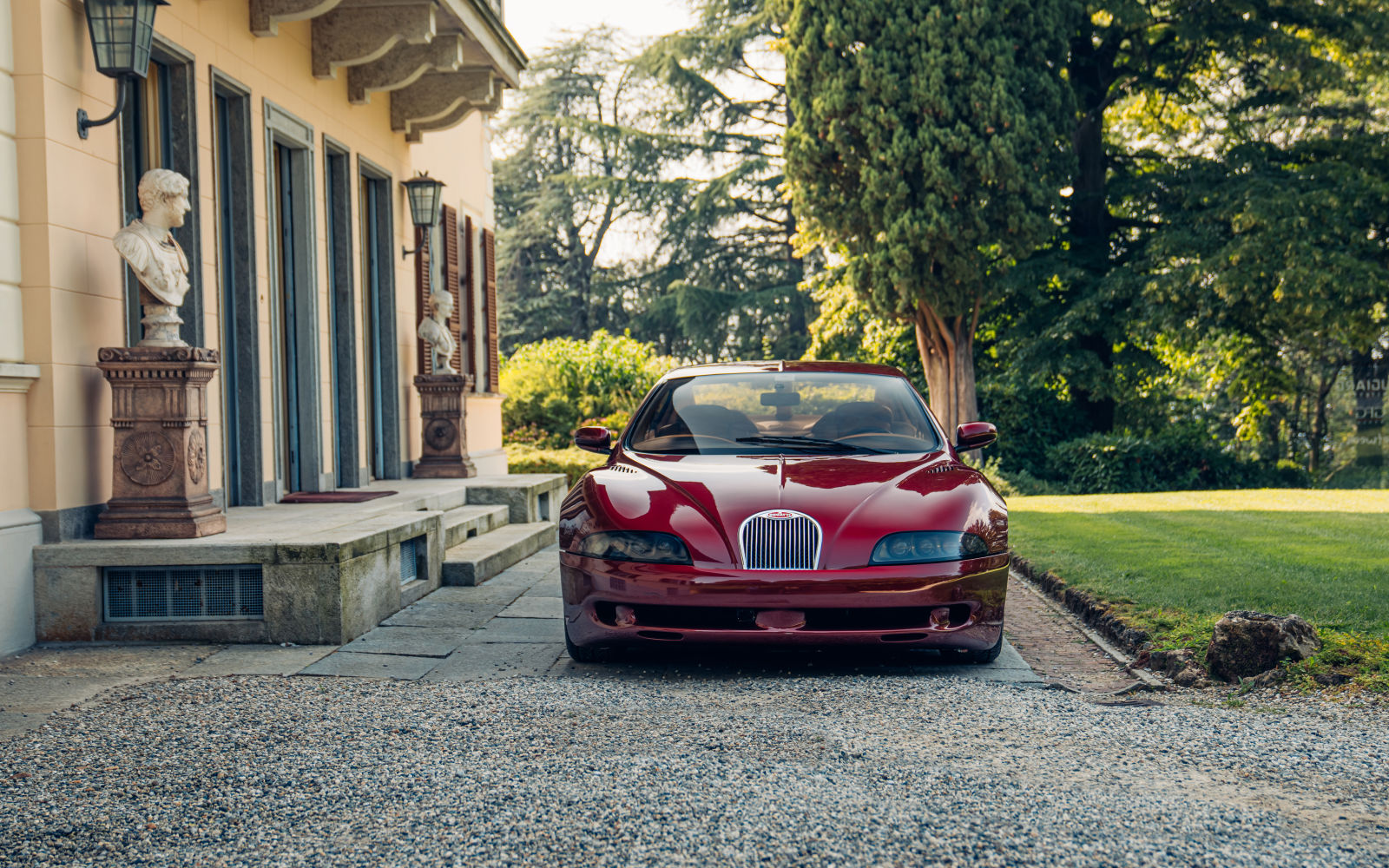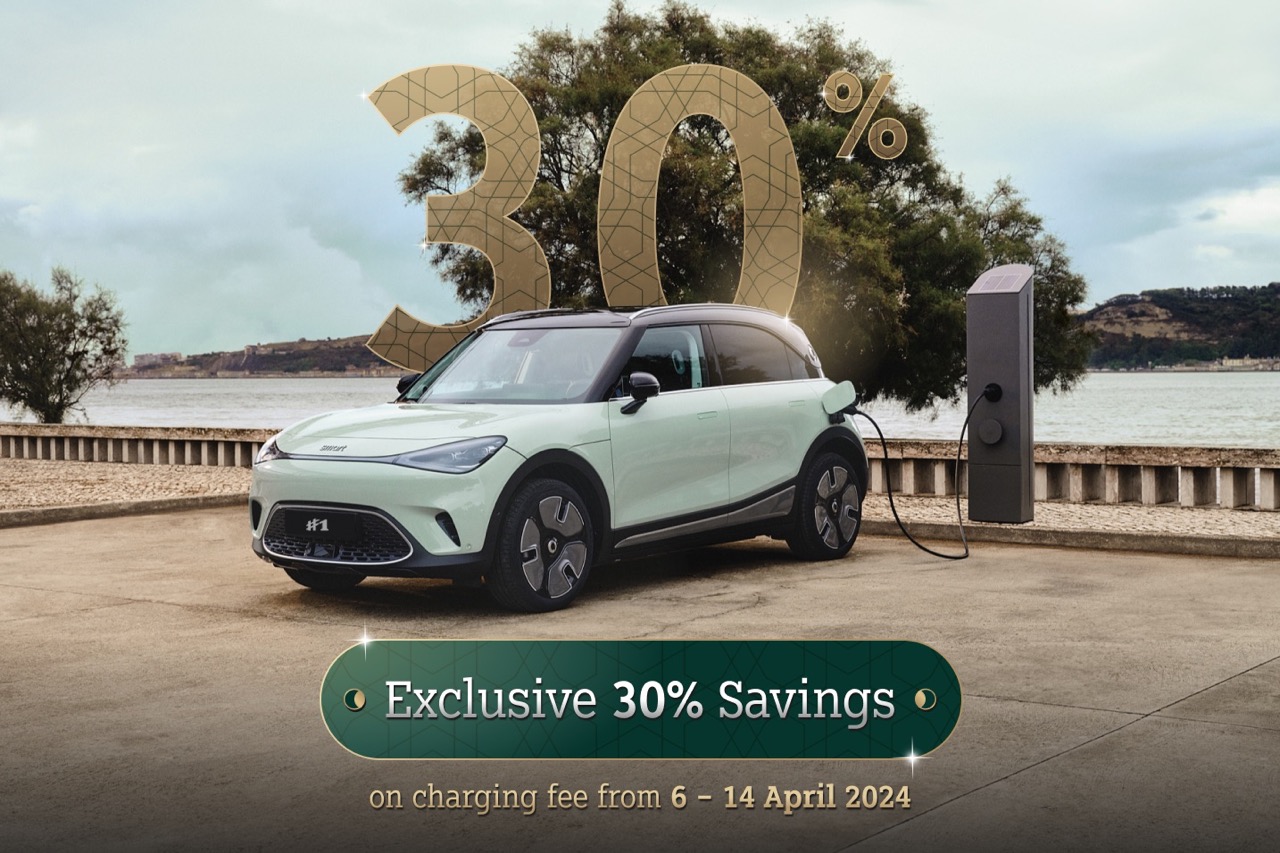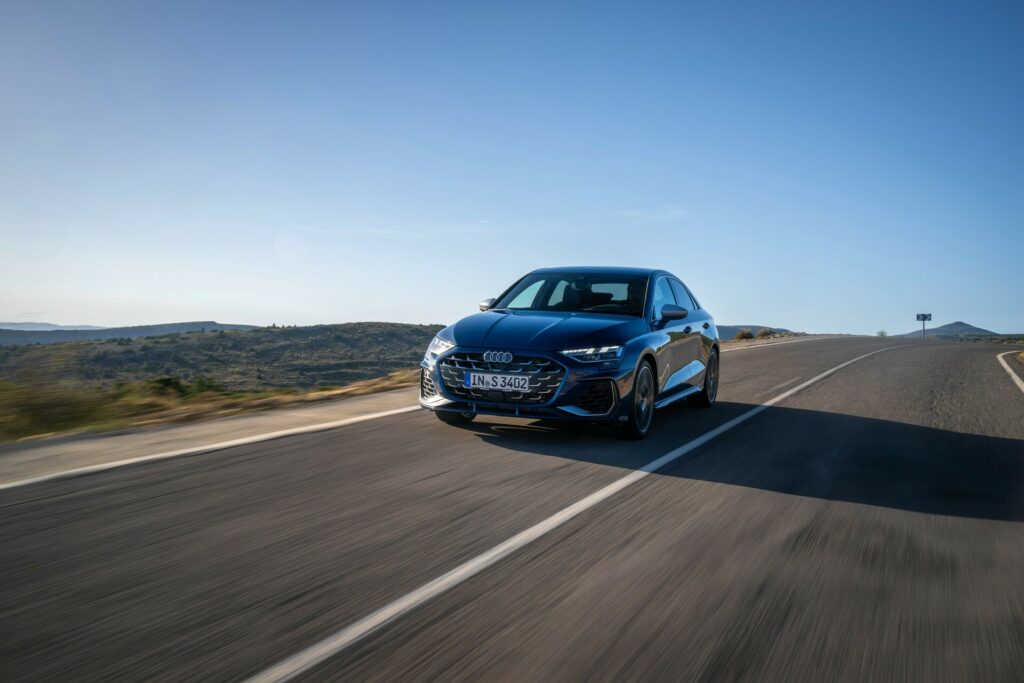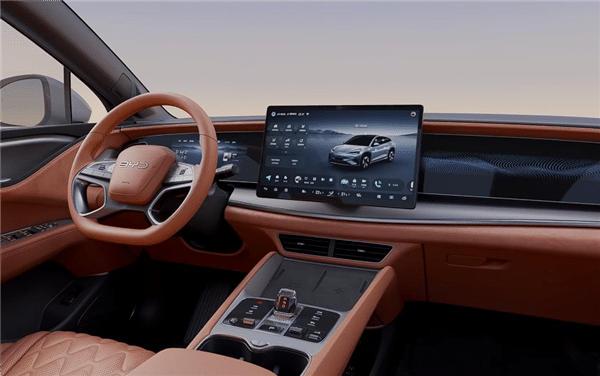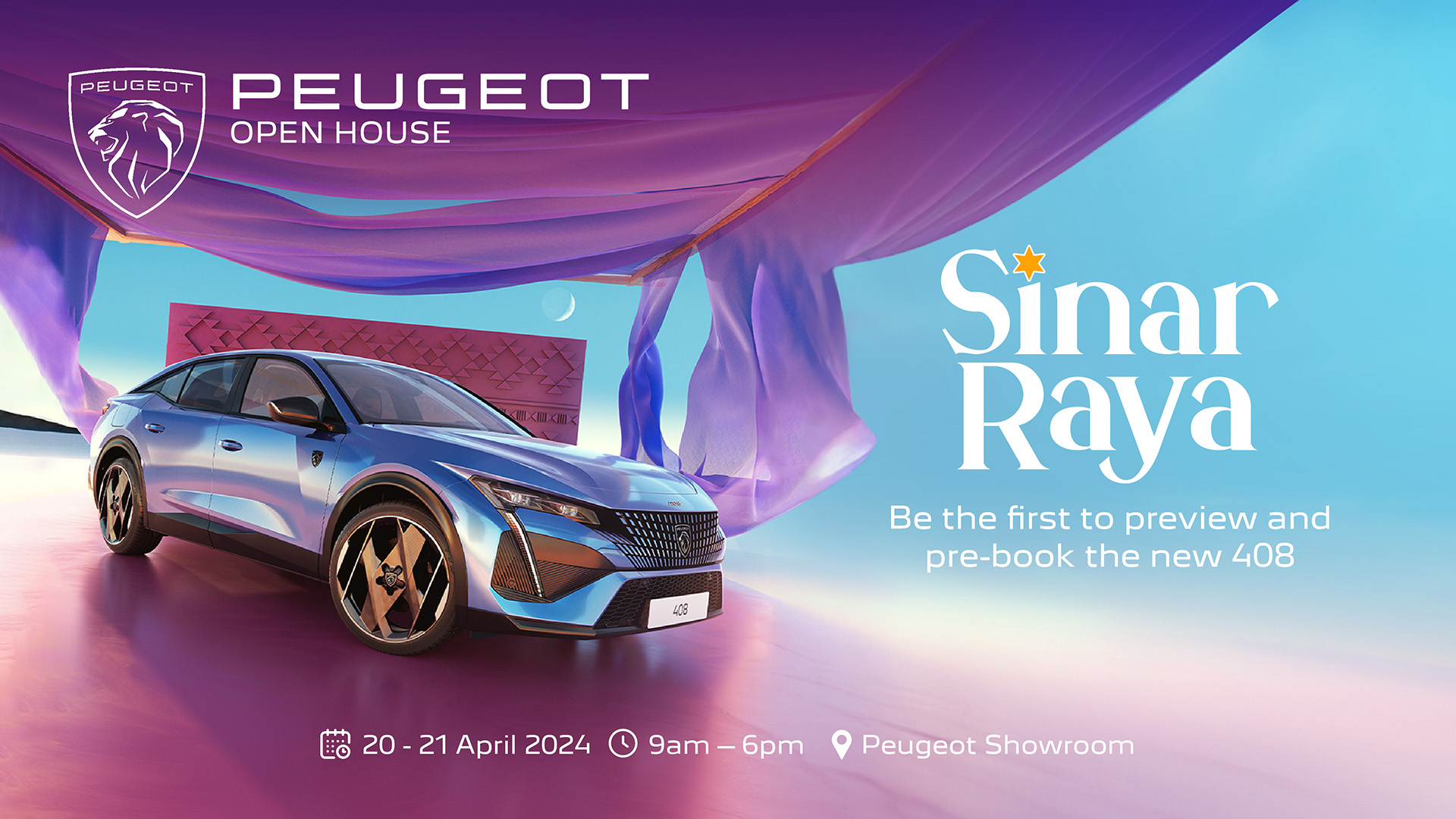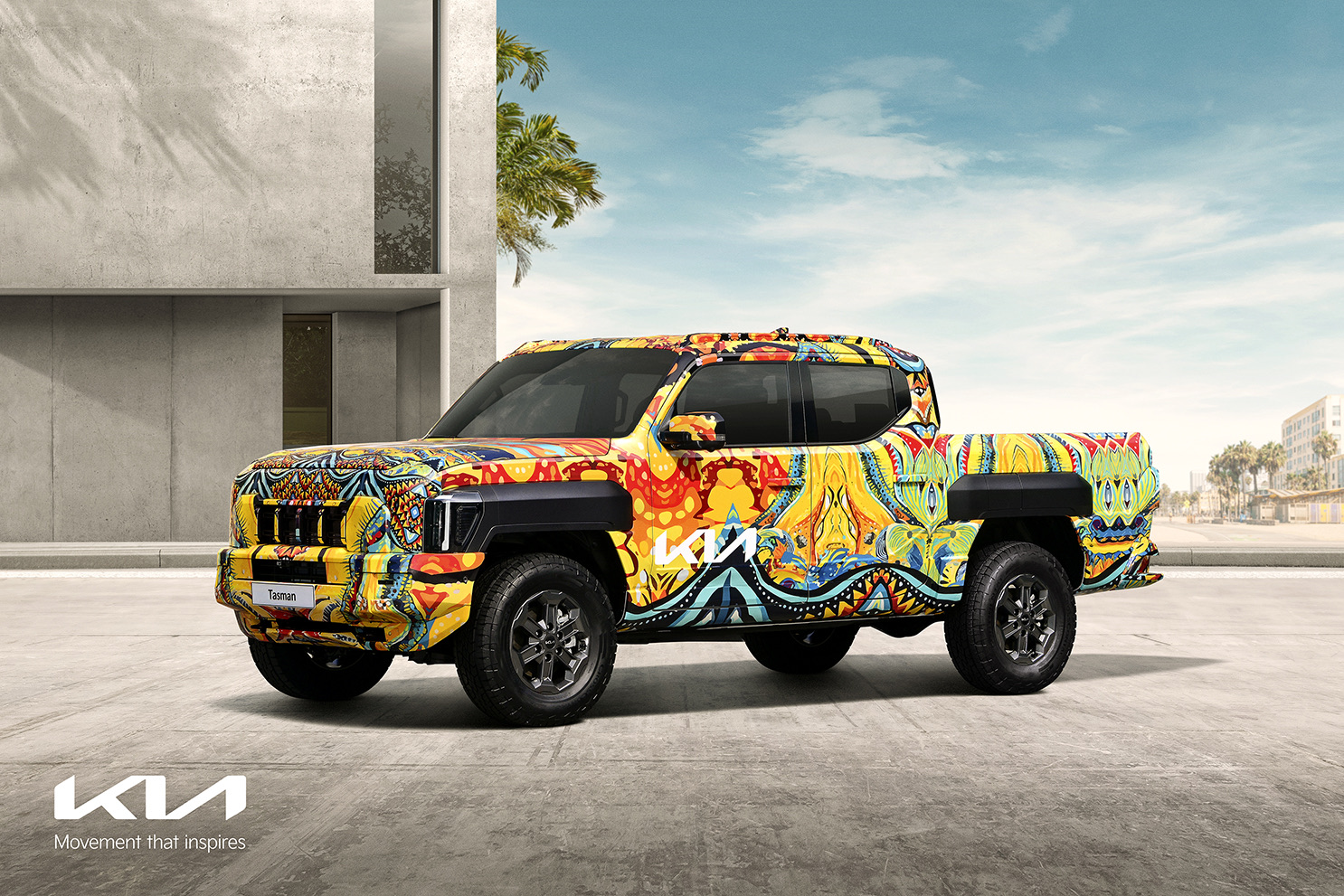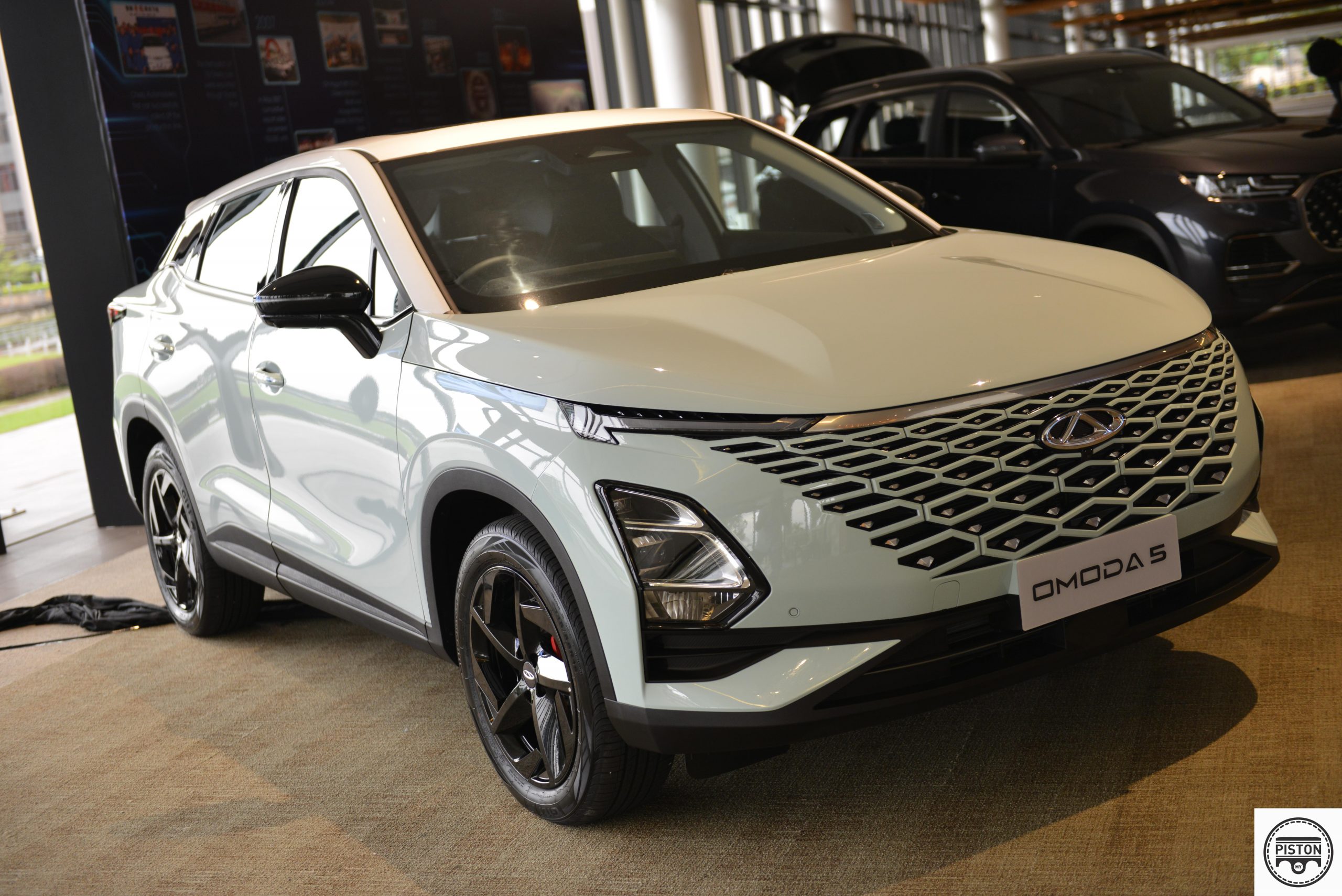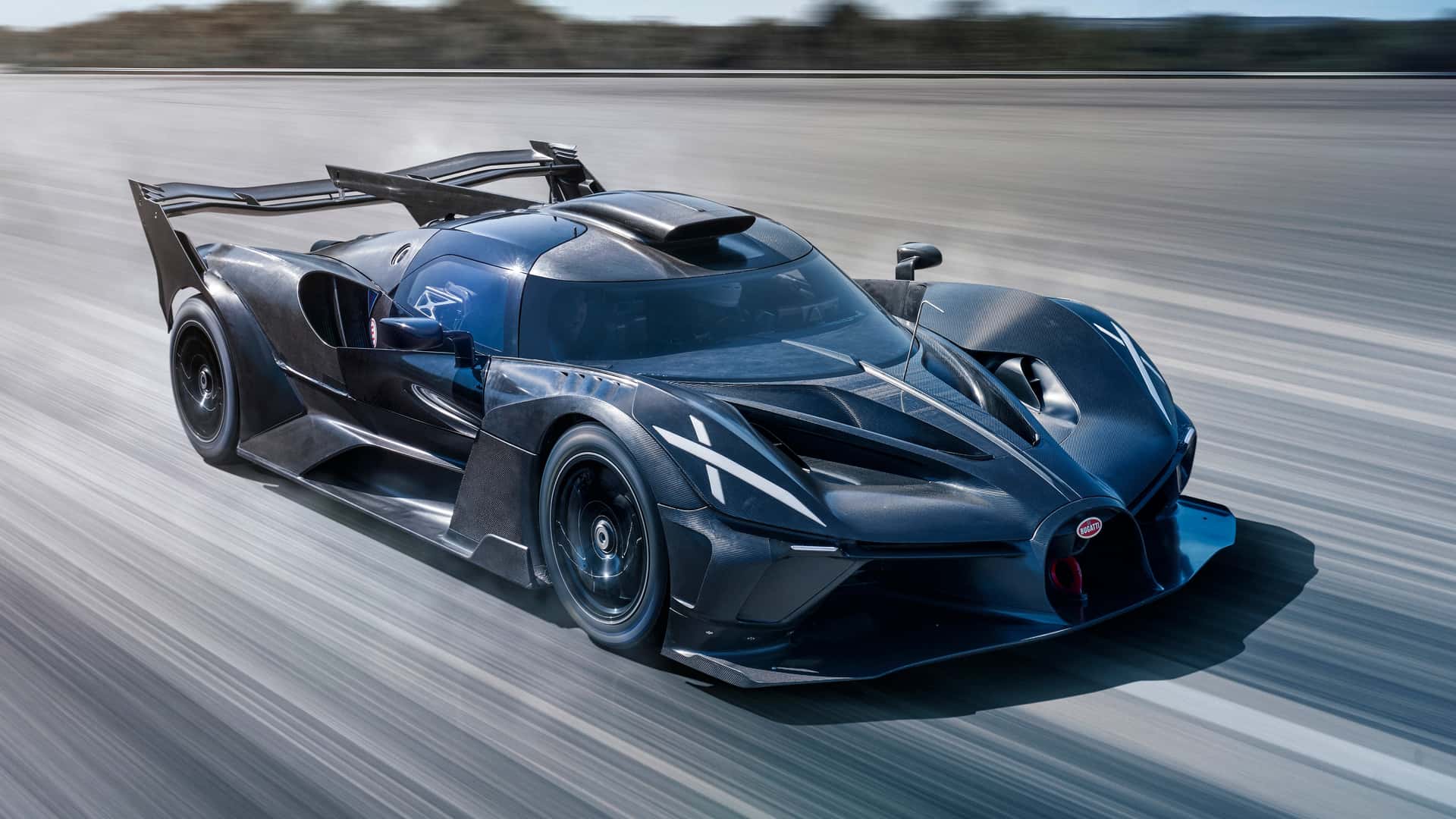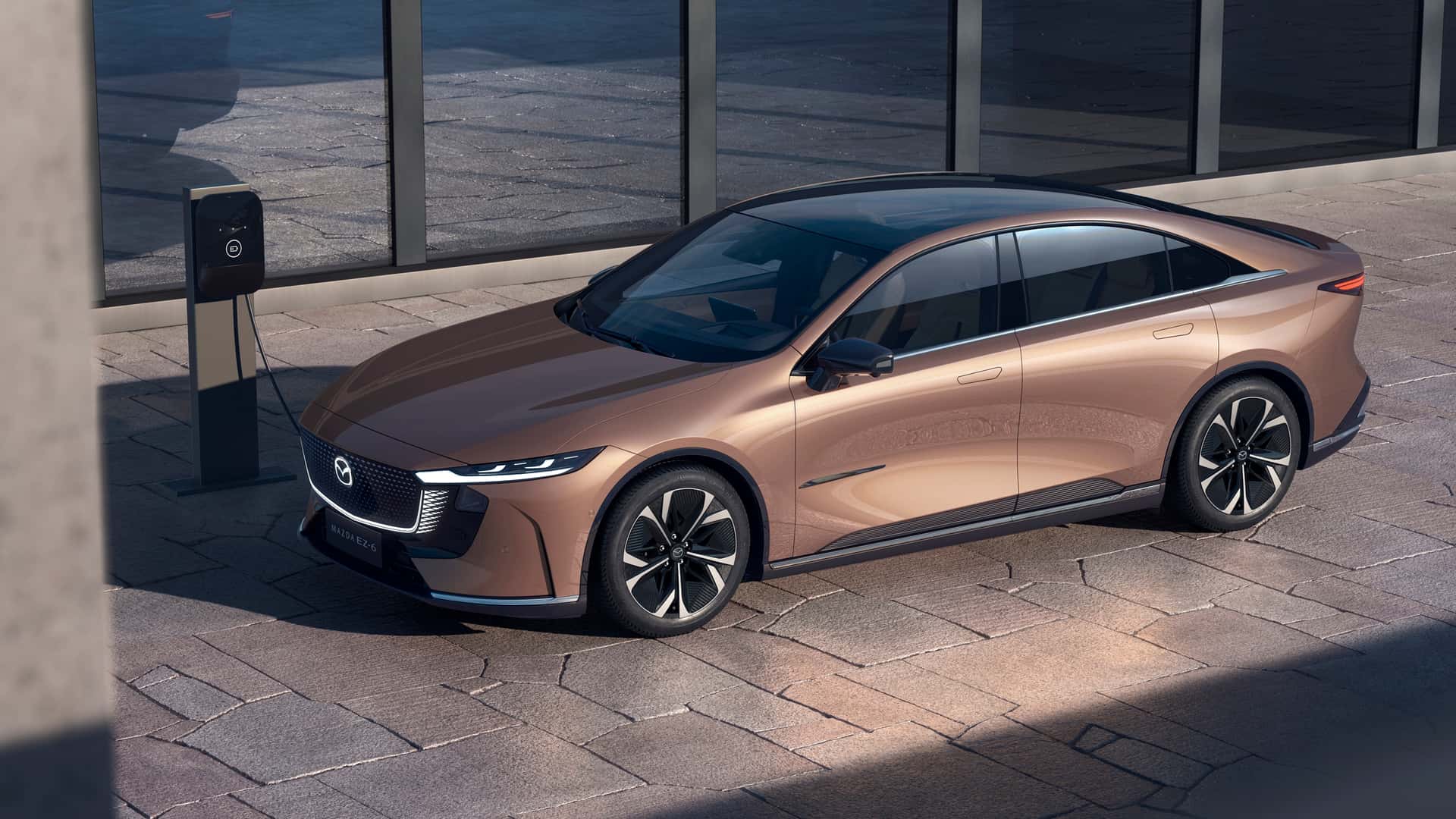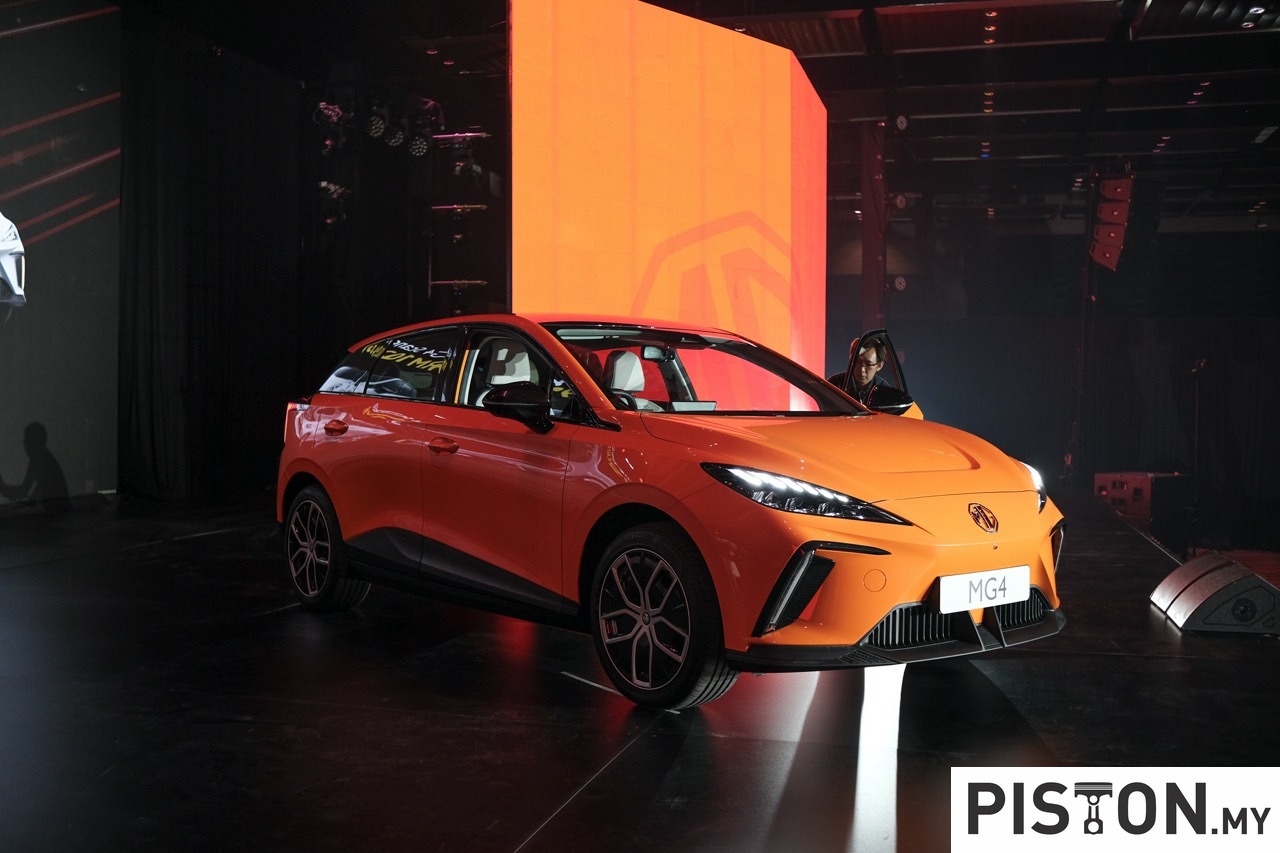The Bugatti EB112 is one of Giorgetto Giugiaro’s most renowned and respected creations, and Bugatti is honouring it on the day of his 85th birthday. For those not in the know, Giorgetto Giugiaro on icons like the DMC DeLorean, De Tomaso Mangusta, and even designed the first-ever Volkswagen Golf. He is also the founder of the legendary design house – ItalDesign.
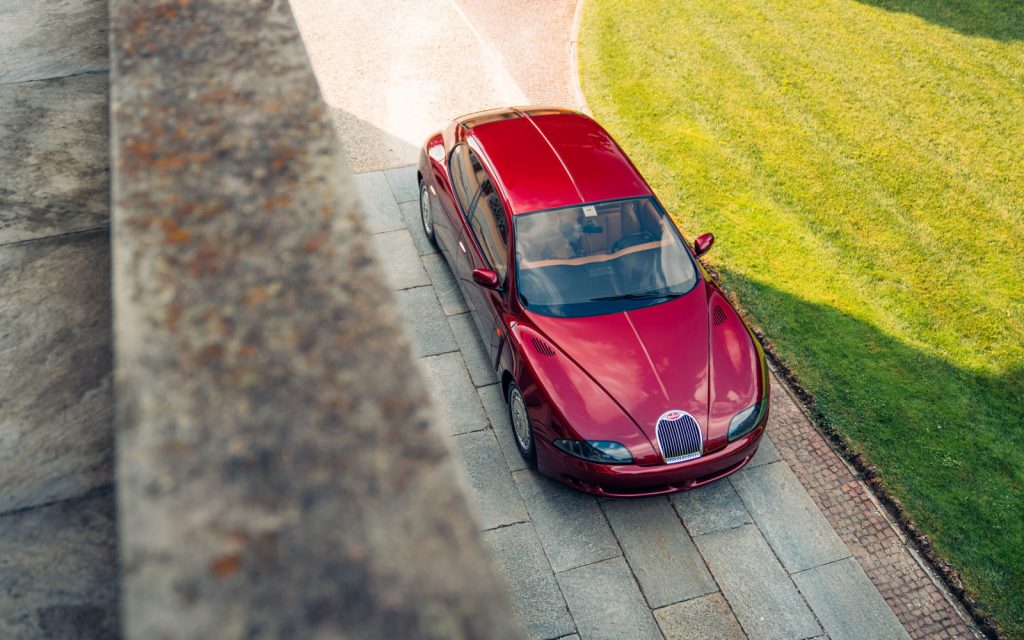
The engineering and design of the Bugatti EB112 caused a stir when its covers were removed during the Geneva Motor Show in 1993. The EB112 fundamentally redefined the notion of a saloon vehicle by inventing a brand-new, ultra-luxurious Grand Tourisme niche in a way that only Bugatti can, building on faultless tradition and a devotion to cutting-edge technology.
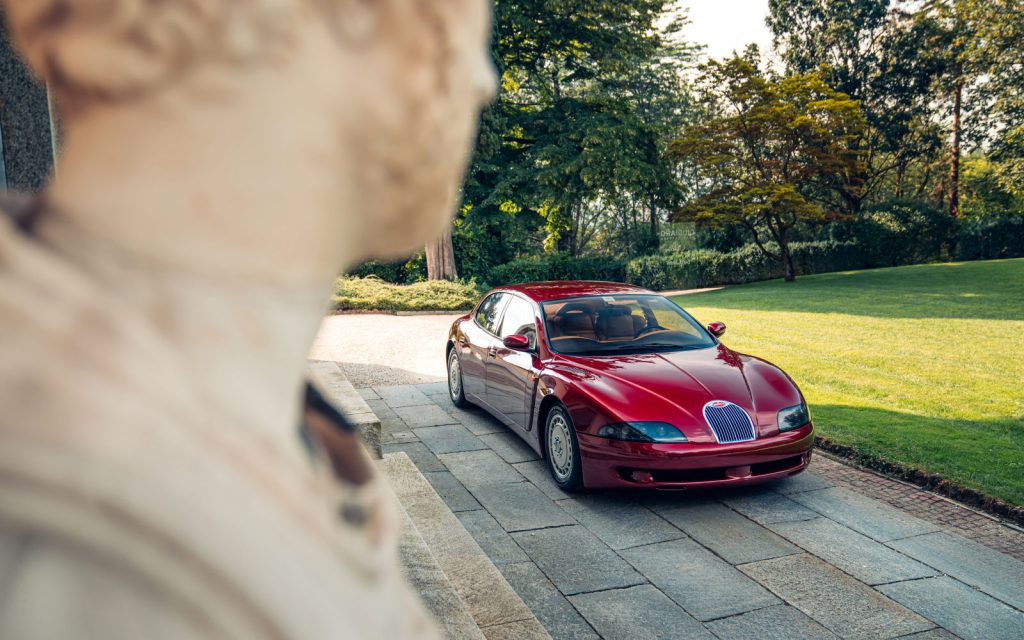
The EB112 was an innovative car with a number of retro aesthetic cues that harkened back to the iconic French brand’s well-known cars from the late 1930s. In many ways, the EB112 was a fantasy car and an early example of what we now refer to as high-performance fastback cars. It seamlessly combined engineering and technical innovations that were far ahead of its time.
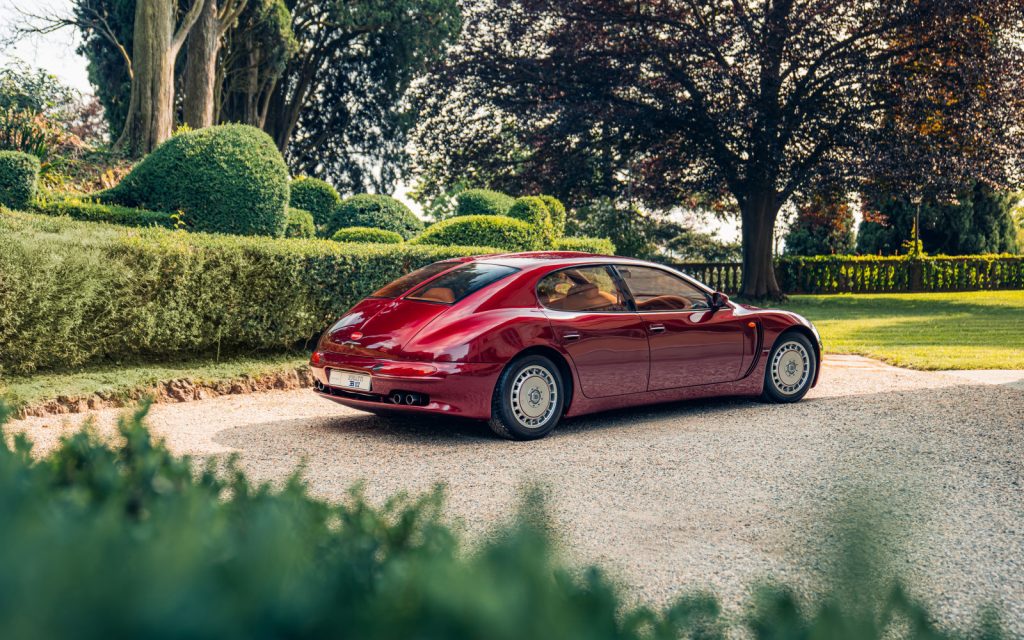
Giugiaro’s design was long hailed as a significant accomplishment, with many commentators praising it as the most exquisite saloon car ever made. It does look like something “The Godfather” might roll in.
The EB112’s front emanates the visual treatment that has come to be identified with Bugatti’s renowned design language. Its grille, for instance, served as a model for the Veyron’s grille arrangement ten years later, and the longitudinal rib that extends from the bonnet over the roof and cuts through the rear window is a stylistic nod to the Bugatti Type 57 SC Atlantic, which was later subtly re-created on both the Veyron and the Chiron.
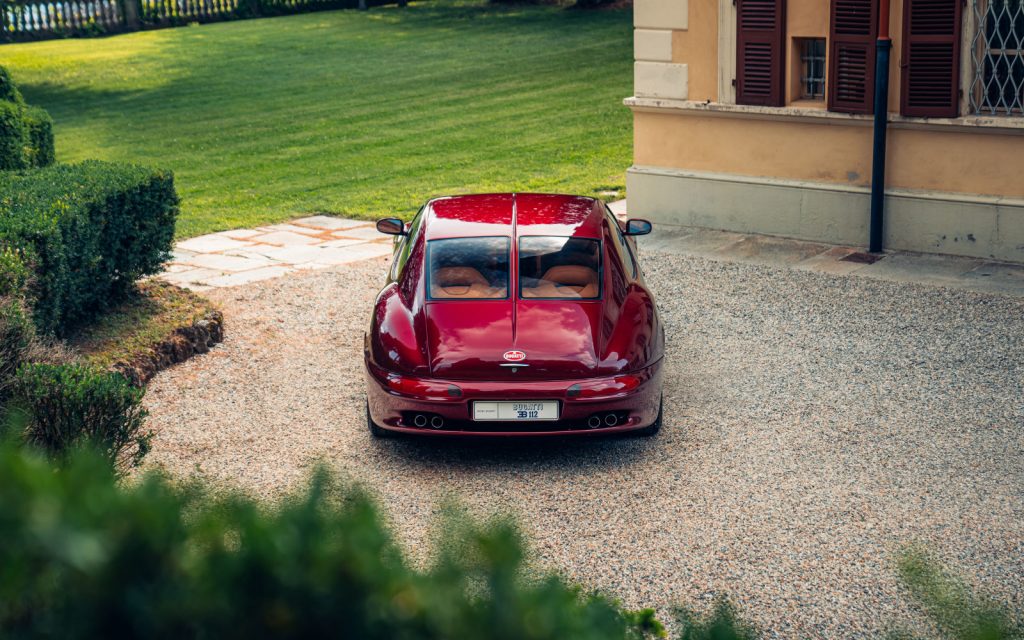
The carbon fibre monocoque under the all-aluminum body of the EB112 was taken from the highly sophisticated EB110 super sports car. In 1993, its body and chassis technology was a completely new advancement for saloon cars and was still revolutionary in the sports car market.
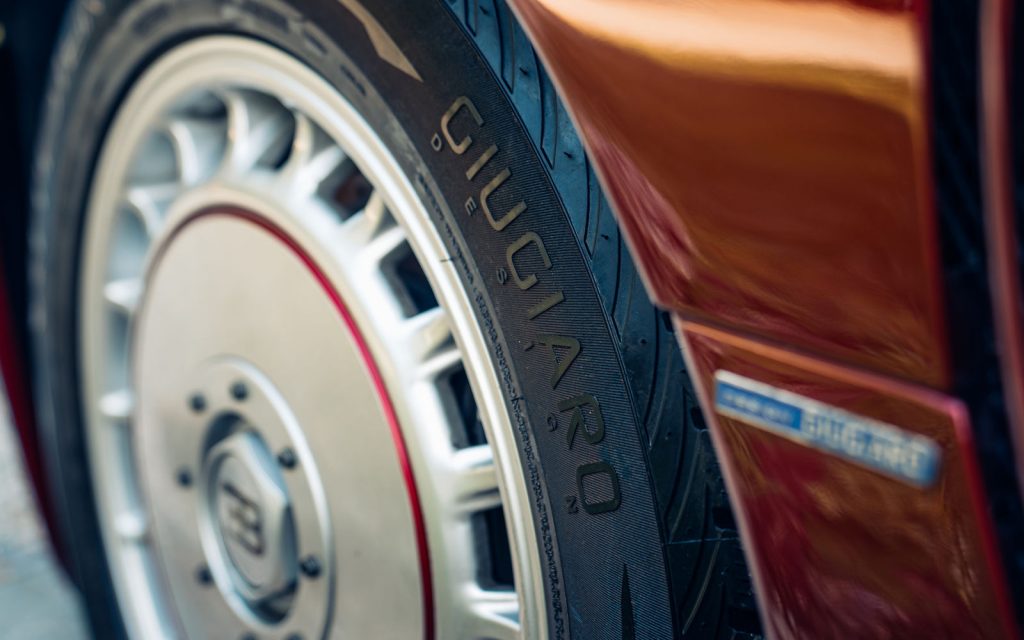
The 60-valve (five per cylinder), 6.0-litre (5994cc) V12 engine was coupled to a six-speed manual gearbox and an advanced four-wheel drive system to create a ground-breaking powertrain as well.
The naturally aspirated V12 generated 460hp at 6,300rpm and 590Nm of peak torque at just 3,000rpm, giving it a potential performance that was significantly more than any of the modern high-performance saloon cars. The EB112 was capable of reaching a high speed of 300km/h and needed only 4.3 seconds to accelerate from a standstill to 100km/h. These figures are stunning even in 2023.
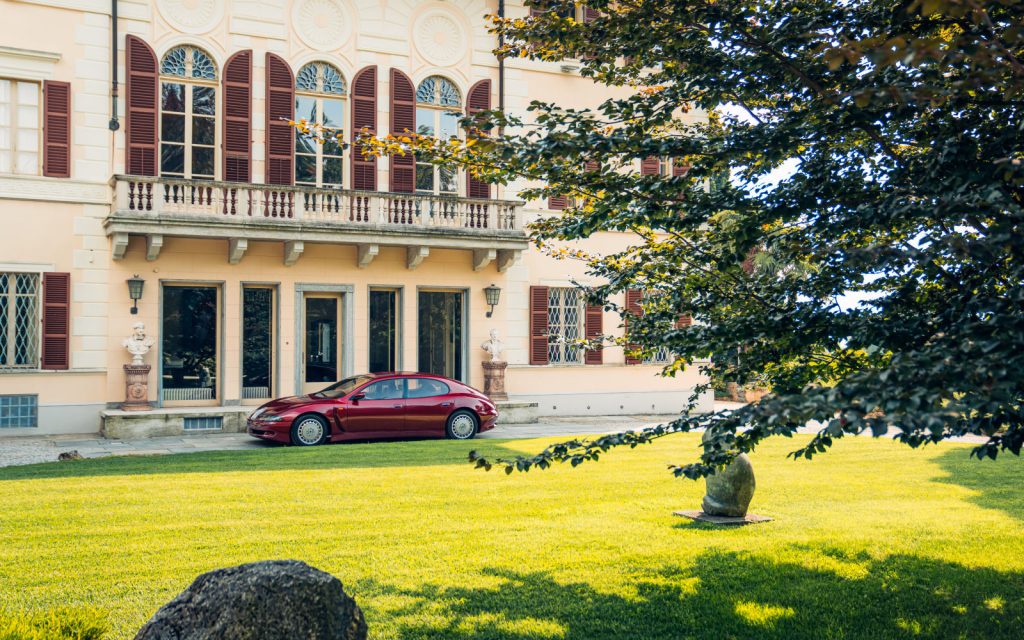
The EB112’s four-wheel drive system offers an advancement of the tried-and-true, cutting-edge technology from the EB110. The torque distribution for the EB112 is 38% front and 62% rear for surefooted, high-performance in all circumstances.
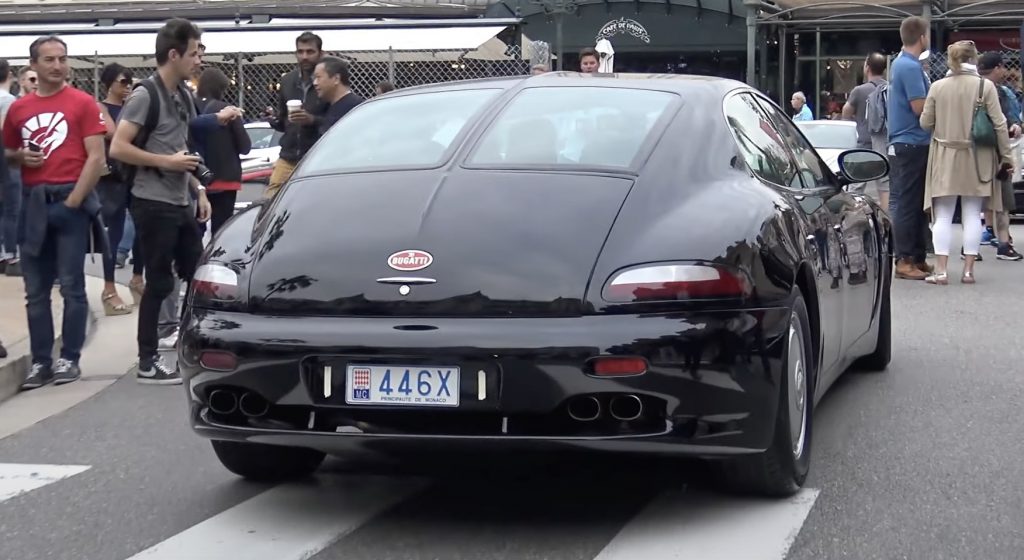
The EB112’s balanced weight distribution, which was achieved by placing the potent V12 as far back as feasible between the axles in a front mid-mounted arrangement, improved these capabilities. A technological need that improved crash safety performance in addition to supporting dynamic ability.
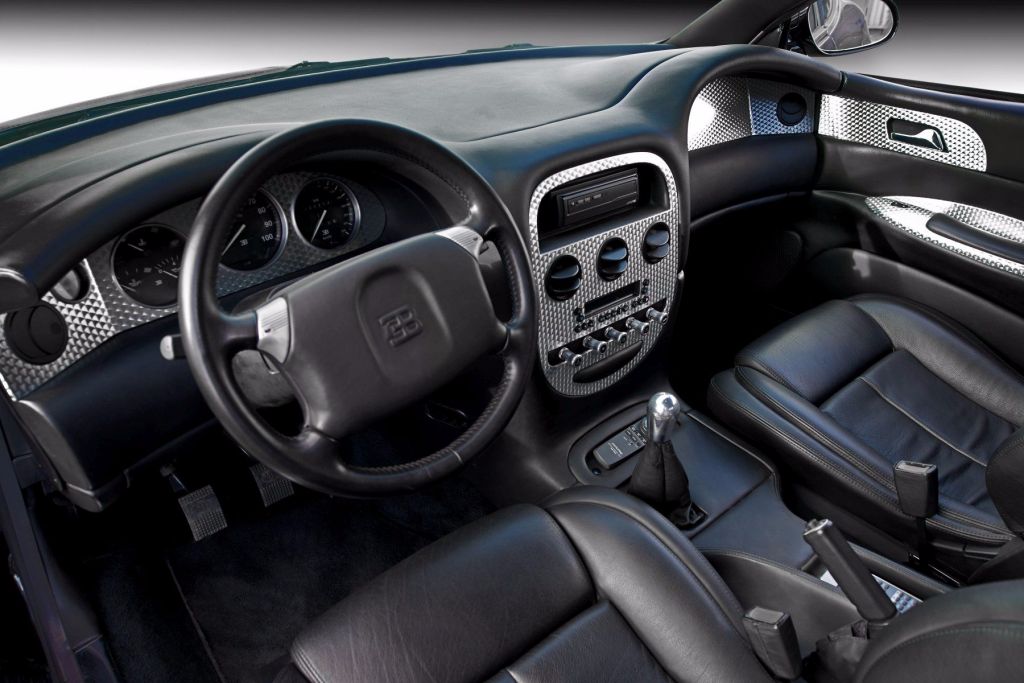
Due to the fact that the Bugatti EB112 was a concept car, development work was done in a factory, and the display car was finished on an assembly line. Businessman Gildo Pallanca Pastor bought part of the company’s assets after Bugatti Automobili S.p.A. declared bankruptcy in 1995. The assets comprised three incomplete EB112 saloons and spare components.
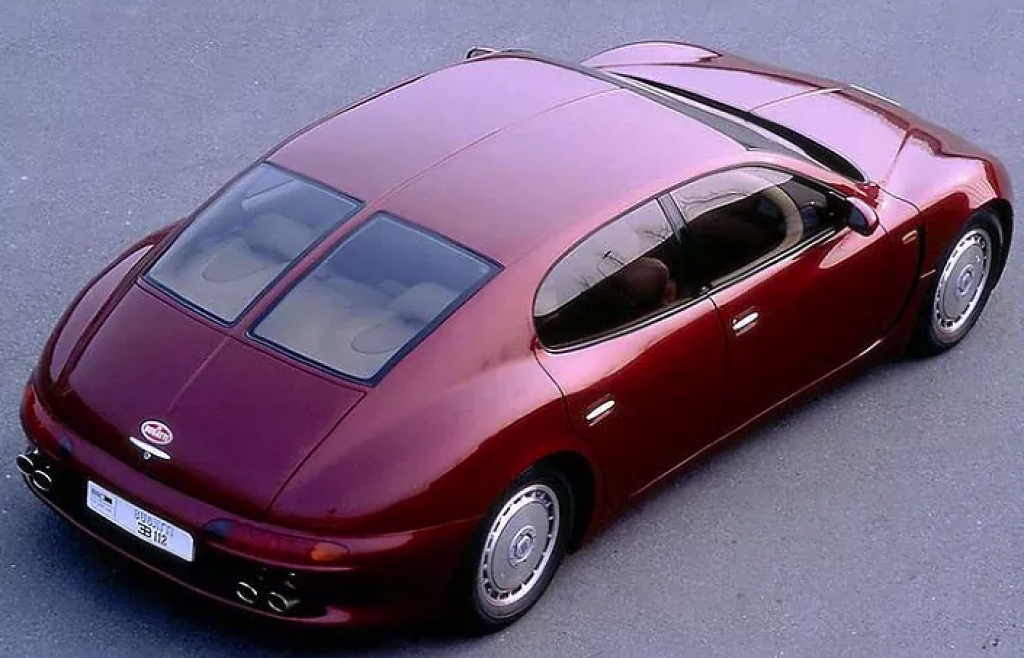
His Monaco-based company, Monaco Racing Team, completed two of them in 1998. The exterior colours of the two cars were black on one and anthracite on the other. The red car, in contrast to the other two, has taillights incorporated into the back bumper, making it slightly distinct from the other two vehicles. The blue design study stands out from the others because it has additional aerodynamic improvements, such as a small front splitter and a rear lip spoiler just below the rear window. It was repainted in the same red as the functional prototype.
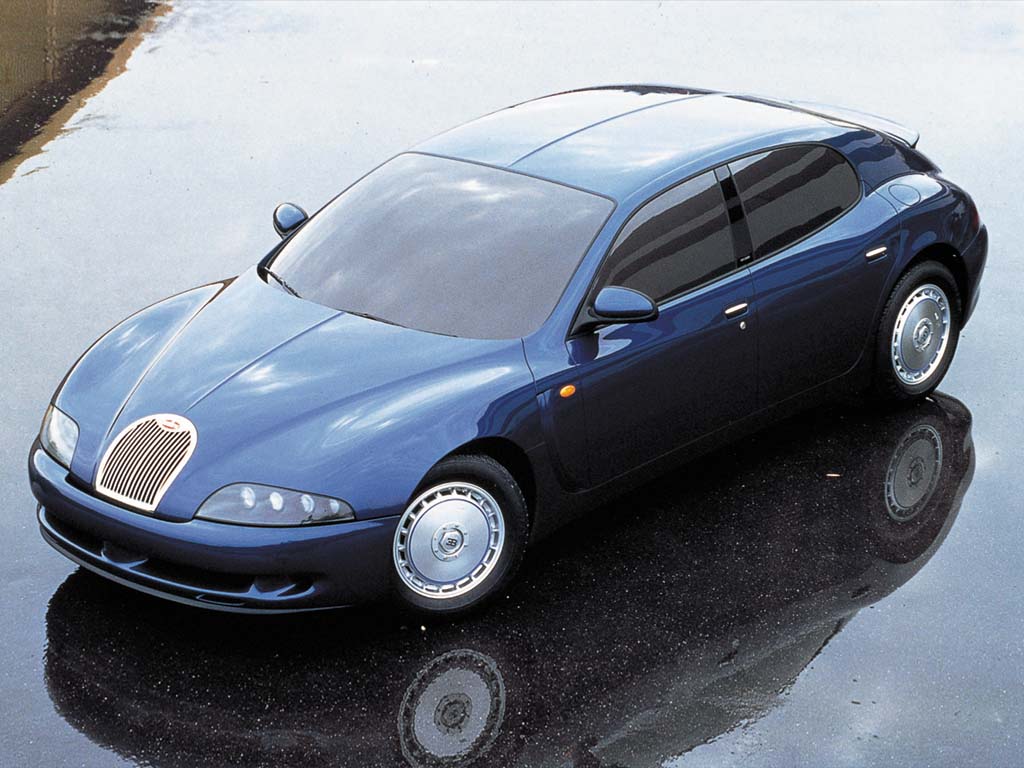
The current CEO and owner of the French automaker Venturi, Gildo Pallanca Pastor, was formerly the owner of a black EB112, which was photographed being driven in Monaco in 2013. In 2016, a German car collector named Marc Gindorf purchased the car in Monaco. Italdesign is the owner of the first functional prototype (the red EB112), and Pastor’s company sold a third car with a dark anthracite exterior to a Russian individual. The only car out of the three that is completely homologated now is the black EB112.
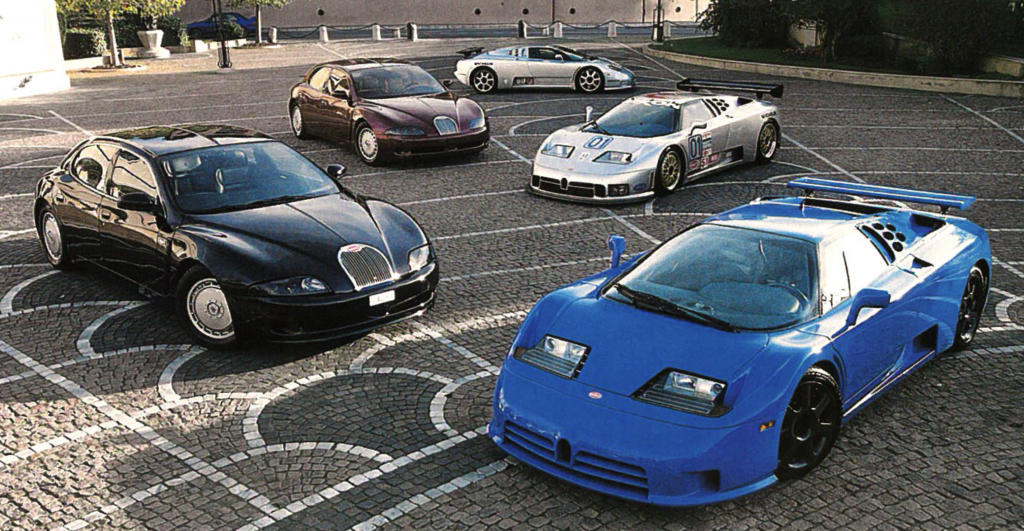
Models like the famous EB112 and ideas like Giugiaro’s will undoubtedly continue to inspire as the company enters a new age under the direction of Mate Rimac.


